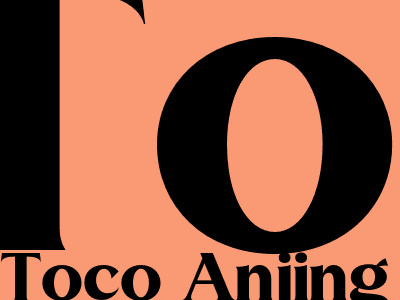Toco Anjing: The Ultimate Guide to Treating Mange in Dogs
Toco Anjing, the Indonesian term for mange in dogs, is a highly contagious skin condition that can cause intense itching, hair loss, and discomfort. This article provides an in-depth understanding of this parasitic infection, including its types, causes, symptoms, treatment options, and preventive measures.
Understanding Mange in Dogs
Mange is a skin disease caused by microscopic mites that burrow into a dog's skin, causing inflammation and irritation. These parasites feed on the animal's skin and hair, leading to a range of symptoms.
Types of Mange
- Sarcoptic mange (scabies): Highly contagious, transmitted through direct contact, causes severe itching and intense skin irritation.
- Demodectic mange: Typically affects young puppies and dogs with weakened immune systems, can cause hair loss and scaly patches on the face, legs, and trunk.
Causes of Mange
Mange is primarily caused by two types of mites:
- Sarcoptes scabiei: Responsible for sarcoptic mange, spreads easily through contact with infected animals or contaminated bedding.
- Demodex canis: Causes demodectic mange, present in all dogs but only becomes a problem in certain circumstances, such as a weakened immune system.
Symptoms of Mange
- Intense itching
- Hair loss
- Red, irritated skin
- Crusting or scaling
- Secondary skin infections
Treatment Options for Mange
Effective treatment for mange requires addressing the underlying mite infestation. The veterinarian will recommend the most appropriate medication based on the type of mange and the dog's condition:
- Antiparasitic medication: Topical or oral treatments that kill the mites responsible for the infection.
- Medicated baths: Shampoos and dips that contain antiparasitic ingredients to kill mites and soothe the skin.
- Antibiotics: In cases where secondary skin infections have developed due to mange.
Preventive Measures Against Mange
- Regular grooming: Regular brushing and bathing can help remove dead skin cells and prevent mite accumulation.
- Isolation of infected animals: To prevent the spread of mange, isolate infected dogs from other animals until they are treated and free of mites.
- Disinfection of bedding and surroundings: Mite eggs can survive in the environment, so it's crucial to disinfect the dog's bedding, crate, and any other areas where they have been.
Conclusion
Toco anjing, or mange, is a common skin condition in dogs that can cause significant discomfort. By understanding the types, causes, symptoms, and treatment options for mange, dog owners can effectively manage and prevent this parasitic infection, ensuring the health and well-being of their furry companions.

Comments